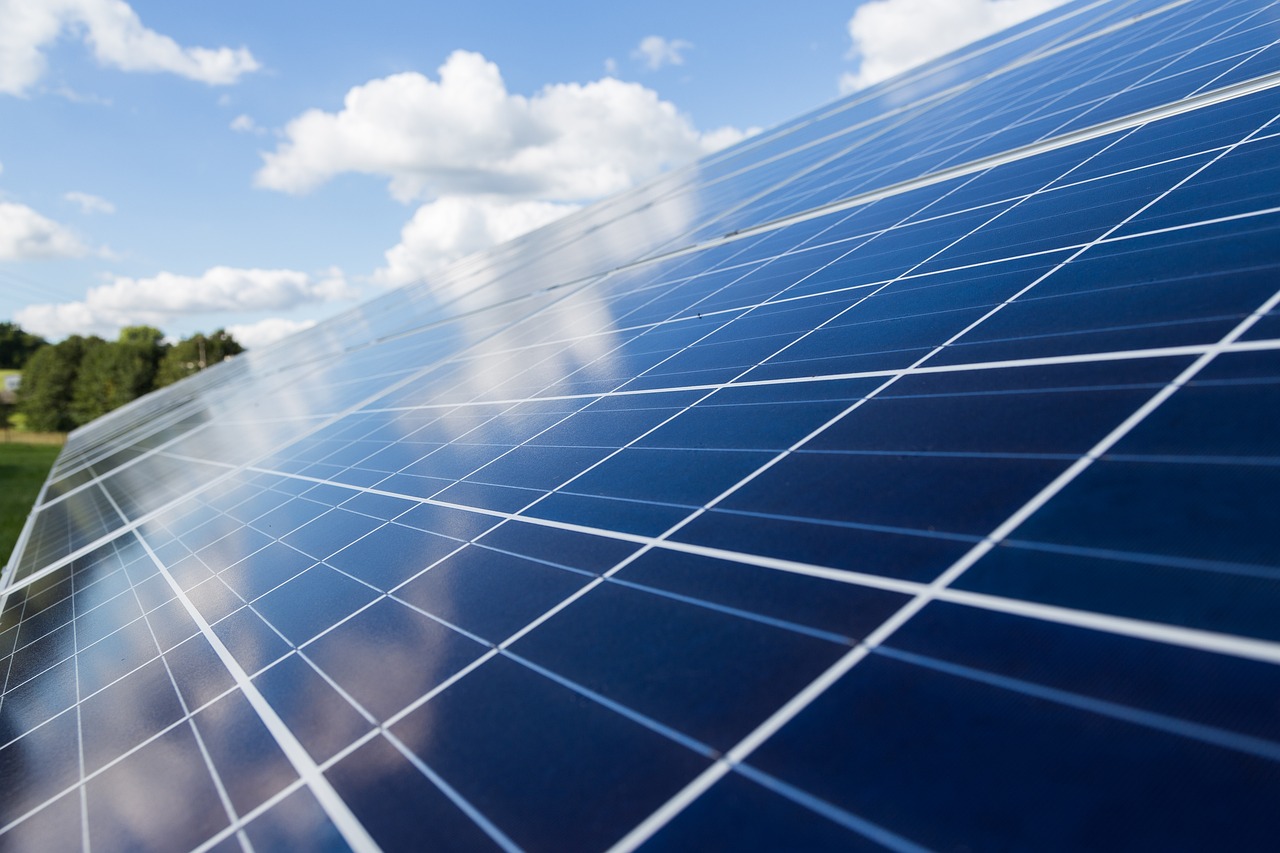Next-Generation Batteries and Novel Materials Research

Research on 2nd and 3rd Generation Batteries and Advanced Materials for Solar Energy
“Our company is preparing for research on next-generation materials based on Quantra Vector technology.”
Advancements in the Manufacturing of Core Materials for Secondary Batteries Using Ultrafine Dry Nano Technology:
1. Development of High-Capacity Cathode Materials:
- Ultrafine dry nano technology enables the control of nanostructures of high-capacity cathode materials such as silicon (Si) and tin (Sn).
- This allows achieving 2–3 times higher capacity compared to conventional graphite cathodes.
2. Manufacturing of High-Energy-Density Anode Materials:
- By utilizing ultrafine dry nano technology, the nanostructure of cathode materials for lithium-ion batteries such as NMC, NCA, etc., can be optimized.
- This leads to the production of anode materials with high energy density and high-power characteristics.
3. Development of High-Safety Solid Electrolytes:
- With ultrafine dry nano technology, precise control of the nanostructure and composition of solid electrolytes for lithium-ion batteries is possible.
- This facilitates the development of solid electrolytes with high ionic conductivity and mechanical/chemical stability.
4. Innovation in Next-Generation Battery Materials:
- Ultrafine dry nano technology can also be utilized in the development of next-generation battery materials such as lithium-sulfur, lithium-air, etc.
- This enables the implementation of next-generation battery systems with significantly improved energy density.
Overall, ultrafine dry nano technology is expected to significantly enhance the performance and safety of core materials for secondary batteries. This could lead to innovative developments in various fields such as electric vehicles and energy storage.
Advancements in the Manufacturing of Core Materials for Solar Power Generation and Storage Devices Using Ultrafine Dry Nano Technology:
1. Enhancement of Solar Panel Performance:
- Utilizing ultrafine dry nano technology, the light absorption and charge collection efficiency of solar cell materials can be increased.
- This can lead to a 5–10% improvement in the efficiency of solar panels.
- Additionally, nano-coating technology can be employed to prevent contamination on the panel surface and implement self-cleaning functionality.
2. Development of High-Energy-Density Solar Energy Storage Materials:
- Ultrafine dry nano technology can be utilized to optimize the nanostructure of battery and supercapacitor materials for solar energy storage.
- This enables the development of solar energy storage materials with high energy density and high-power characteristics.
3. Innovation in Solar Thermal Energy Utilization:
- Ultrafine dry nano technology can also be applied to the development of solar thermal energy utilization technologies.
- For example, it allows for the development of high-efficiency solar collectors and thermal storage systems using nanostructured materials.
4. Revolution in Next-Generation Solar Cell Materials:
- Ultrafine dry nano technology can be utilized in the development of next-generation solar cell materials such as perovskites, organic solar cells, etc.
- This enables the implementation of low-cost, high-efficiency next-generation solar cell systems.
Overall, ultrafine dry nano technology is expected to significantly enhance the performance and efficiency of core materials for solar power generation and storage systems. This could lead to innovative technological advancements in the field of renewable energy.

